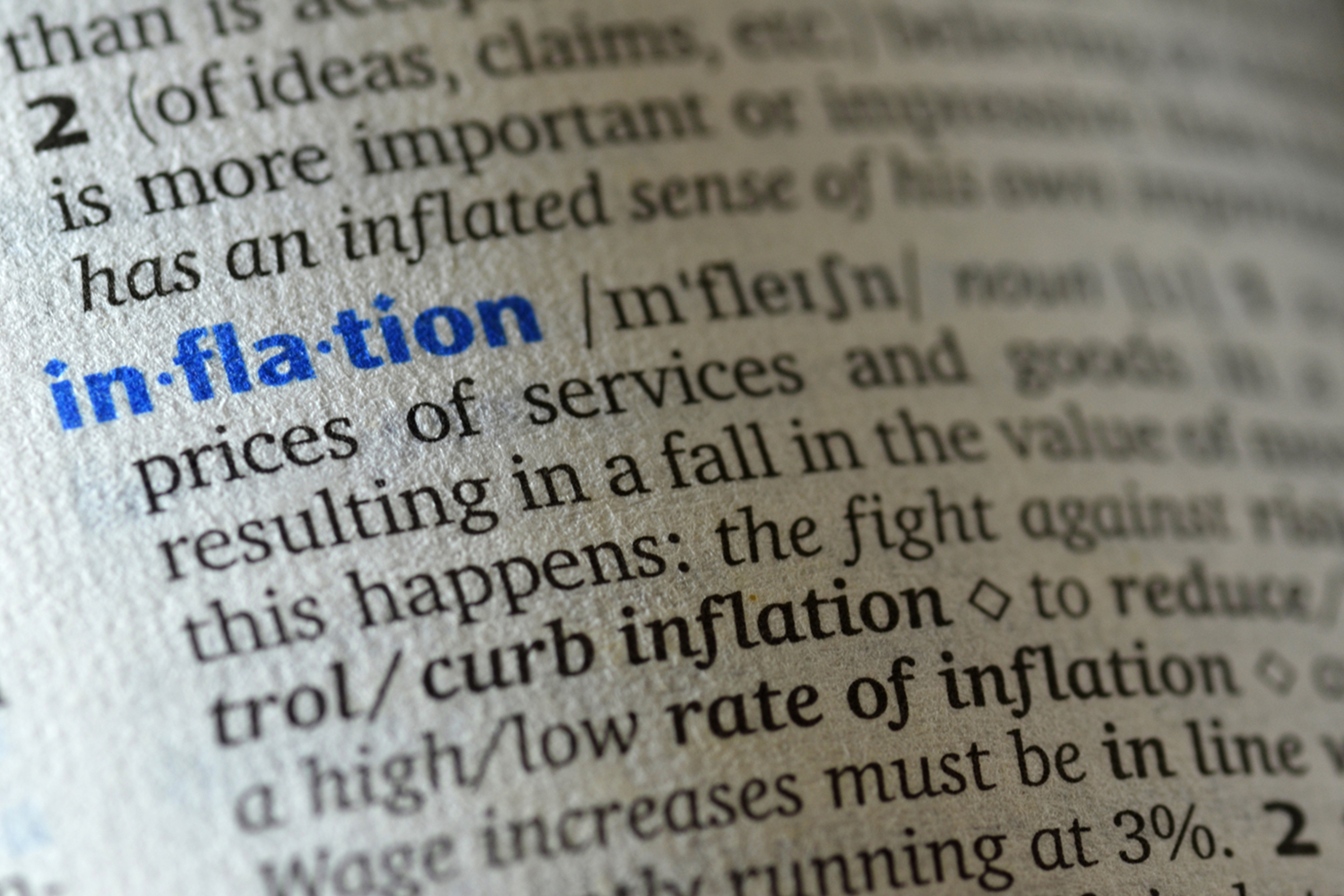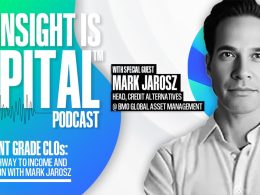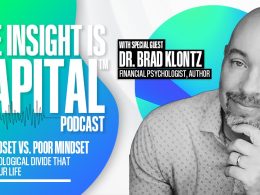by Brian S. Wesbury – Chief Economist & Robert Stein, CFA – Deputy Chief Economist, First Trust Portfolios
During the ten years prior to COVID, PCE inflation, the Fed’s preferred measure, averaged about 1.5% per year. Jerome Powell said it was too low and he wanted inflation to “average” 2% over time. Well, he got his wish, and more. PCE inflation has averaged 3.7% in the past five years and 2.6% over the past ten years.
In other words, because of its misguided policies during COVID, the Fed has pushed inflation above both its short-term and long-term target. Any apparent success at bringing it back down appears to be “transitory.”
In the past 12 months, PCE prices are up 2.5%, barely better than the 2.6% gain in the year ending in February 2024 in spite of the Fed thinking that monetary policy is currently restrictive or tight. Core PCE prices are up 2.8% in the past year versus 2.9% in the year ending February 2024.
Some investors might still think this is due to the lags associated with housing rents, but the Fed developed a measure a few years ago called the SuperCore, which excludes food, energy, other goods, and housing rents, and that measure of prices is up 3.3% in the past year. No wonder the Fed doesn’t mention it anymore.
It's not tariffs that concern us. They may boost some prices, but they also reduce demand of other goods and services. So, why are we pessimistic about the Fed keeping inflation persistently at 2.0% or below? Because ultimately inflation is a monetary phenomenon and the consensus among economists in favor of low inflation has broken down.
Back in the 1990s and early 2000s, both liberal and conservative economists generally agreed that low inflation was better – it should be low enough that it wasn’t a factor in business decisions. Now, with debt levels so high, and the stock market addicted to easy money, higher inflation has some benefits to policymakers even if it comes with some downside.
One of the problems is that the Fed is still fixated on where it sets the level of short-term interest rates rather than paying attention to the M2 measure of the money supply. That measure was up almost 4.0% in February from a year ago – a moderate pace – but may have accelerated since the last report, with the Treasury General Account in March 2025 down about $400 billion versus the February 2024 average.
Think of that account, the TGA, as the federal government’s checking account. When the balance in that account goes up, the Treasury Department is pulling cash from the banking system and effectively extinguishing part of the money supply. But now, with the balance in that account declining, that cash is being converted back into M2.
In the meantime, we suspect that the Fed will soon come under increasing political pressure for more rate cuts and less quantitative tightening (QT) regardless of economic conditions. And the next Fed chairman – Powell’s term as chairman ends in about a year – will have to pledge to be more flexible about rate cuts and quantitative tightening to secure his nomination.
The bond and gold markets seem to understand this. Gold has jumped to over $3,000/oz and the 10-year Treasury yield is still over 4%. With this yield, our capitalized profits model says stocks are still overvalued. Moreover, while many think Fed rate cuts would bring down longer-term yields, the market seems to be saying “no.” The bond market vigilantes are more worried about debt levels and inflation than policymakers.
Brian S. Wesbury – Chief Economist
Robert Stein, CFA – Deputy Chief Economist
Click here for a PDF version
Copyright © First Trust Portfolios
















